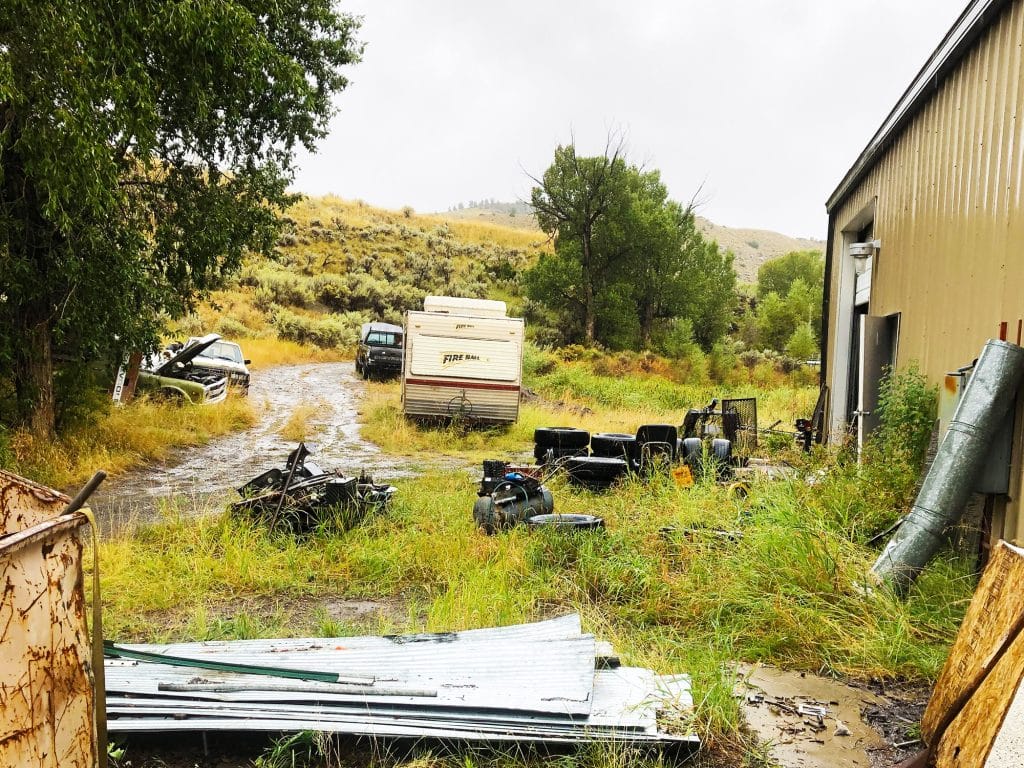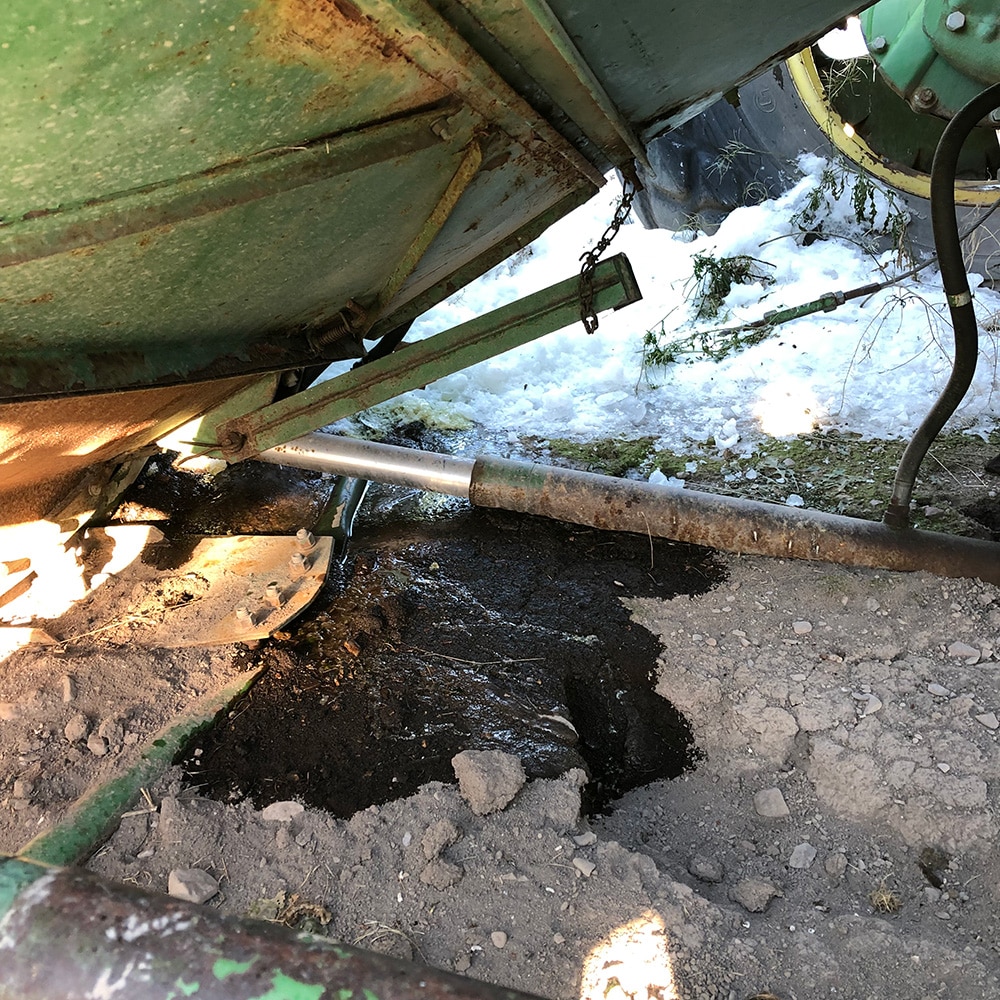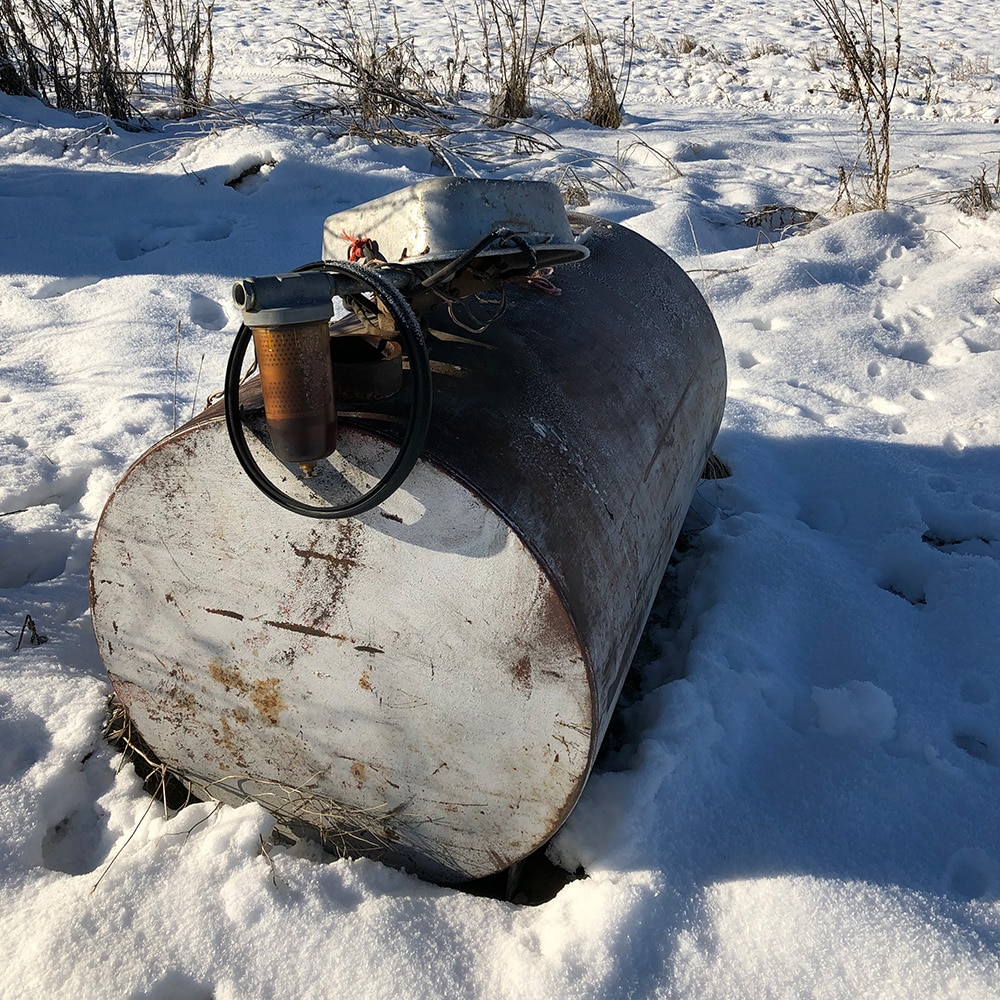

Does Your Commercial Property Need a Phase 1 Environmental Assessment?
You have finally mustered up the funds and courage to transition your side business into a full-time venture. You are confident that your new storefront will give you the clientele and the local presence you need to be successful. You found the perfect location in town. The ground-breaking and construction have just begun for your new building. What an exciting yet scary time in any entrepreneur’s life.
Then you get the call.
Your contractor just discovered an abandoned underground fuel storage tank on your property. To make things worse, the tank was never properly closed and has been slowly leaking fuel into the soil for years. The previous landowners never bothered to remove it, and now you are stuck with a potentially catastrophic situation that could crush your hopes for success. Because you did not perform the appropriate due diligence before purchasing the property, you are left with the financial responsibility of an expensive cleanup.
Sound like a nightmare? Well, it could be, but the good news is that this situation is avoidable with a little forethought and the completion of a Phase 1 Environmental Site Assessment (Phase 1 ESA).
What is a Phase 1 Environmental Assessment?
Performing a Phase 1 ESA is common practice to know whether a property will likely contain any environmental issues or “recognized environmental conditions.” Recognized environmental conditions include the presence, or likely presence, of hazardous materials or petroleum products due to a release or a probable future release. All Phase 1 environmental site assessments must meet the standard practices in the ASTM E1527. They are best conducted before property transfers legal ownership or know before you buy.
When You May Need a Phase 1 ESA
- Commercial property transactions.
- Commercial real estate transactions involving a bank loan.
- Transactions involving industrial or commercial operations that used regulated hazardous materials (like lumber treatment, electroplating or dry cleaning).
- Transactions of property located adjacent to industrial or commercial operations.
- Transactions involving property used for oil or gas exploration.
- Transactions involving property with known environmental liens.

What About Residential Property?
A guide to help home and property buyers through environmental assessments.
Learn MoreThe purpose of the Phase 1 ESA is to perform adequate due diligence as part of the property transfer in order to limit the liability of property buyers from previously existing environmental conditions. Perform a Phase 1 environmental site assessment to determine if environmental hazards are present on the property before you buy. If they are discovered after you have purchased the property, you may have a liability. That could put you on the hook for the cost of remediating the property even though you did not cause the initial contamination.


How To Complete a Phase 1 Environmental Site Assessment
So, you have determined you need a Phase 1 ESA performed on the property you want to purchase—now what? According to the standard Phase 1 ESA process guidelines, an environmental professional must perform the Phase 1 ESA . The most common practice is for the prospective purchaser or lender to hire an environmental consultant to perform the work. There are several things to keep in mind when juggling your due diligence period and having a Phase 1 environmental site assessment completed:
- The Phase 1 ESA process can take 20 business days or more to complete, depending on the project details. Ensure you allow enough time in your due diligence period to complete the Phase 1 ESA. Contact your environmental consultant immediately or before the due diligence period starts to ensure the timeline fits with the transaction schedule.
- A Phase 1 ESA report expires 180 days (6 months) from the date of the environmental records database search (part of the Phase 1 ESA process and evaluated in the final report). It is possible to update the report for continued viability past 180 days. The Phase 1 environmental site assessment can conclude before the due diligence period for the property if necessary, only if it is not more than 180 days old.
- Cooperate with the requests of the environmental consultant as much as possible to streamline the Phase 1 ESA process—it could get completed in a shorter timeframe if all entities respond promptly.
Environmental Professionals Can Help
The Phase 1 environmental site assessment process and reporting can confuse those new to the process. This is why finding a consultant willing to walk you through the study and its results is important. Environmental professionals will keep you up to date on any important discoveries. Not having a professional evaluation could make or break your decision to purchase the property and potentially save you additional time and effort.


